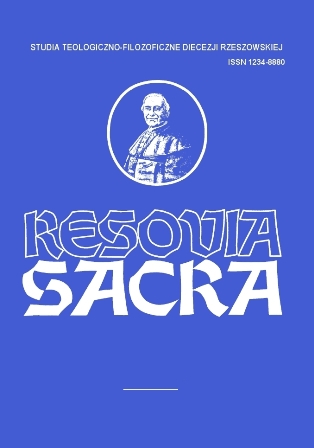ZNACZENIE SZTUKI W PRZEKAZIE WIARY W NAUCZANIU OJCÓW KOŚCIOŁA
THE SIGNIFICANCE OF ART IN PASSING ON THE FAITH IN THE TEACHINGS OF EARLY CHRISTIAN WRITERS
Author(s): Michał KrawczykSubject(s): History, Fine Arts / Performing Arts, History of Church(es), Ancient World
Published by: Instytut Teologiczno-Pastoralny im. św. Józefa Sebastiana Pelczara w Rzeszowie
Keywords: Early Christian art and architecture; Fathers of the Church about the art; Tertullian; Paulinus of Nola; Origen; Gregory the Great; John Damascene; Second Council of Nicaea
Summary/Abstract: Christianity is the religion of the word and image. Both the word and image play an important role in the process of passing on the faith. The attitude of early Christianity to art was determined by two important factors. Firstly, in Christian communities which were formed by converted Jews, the Old Testament prohibition against images and worshipping them was strongly em- phasized; secondly they feared idolatry. The first apologists of the 2nd century (Aristides, Tatian the Assyrian, Justin Martyr, Tertullian and Origen) explicitly scorned production of any images. In the 4th century, when Christianity was growing in signi cance and building Christian churches was permitted, then Christian writers such as: Saint Basil the Great, Gregory of Nyssa, Hypatius of Ephesus and Paulinus of Nola started to express their opinions on these issues in a less adamant way than it happened in the rst three centuries. In the 6th and 7th century, thanks to Saint Gregory the Great (Pope Gregory I) and John of Damascus, the Church’s attitude to art crystallized and eventually art was given due respect. is several century long discussion on the role of “representational art” in Christianity culminated during the second Council of Nicaea.
Journal: Resovia Sacra. Studia Teologiczno-Filozoficzne Diecezji Rzeszowskiej
- Issue Year: 2016
- Issue No: 23
- Page Range: 113-121
- Page Count: 9
- Language: Polish

